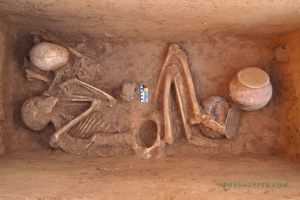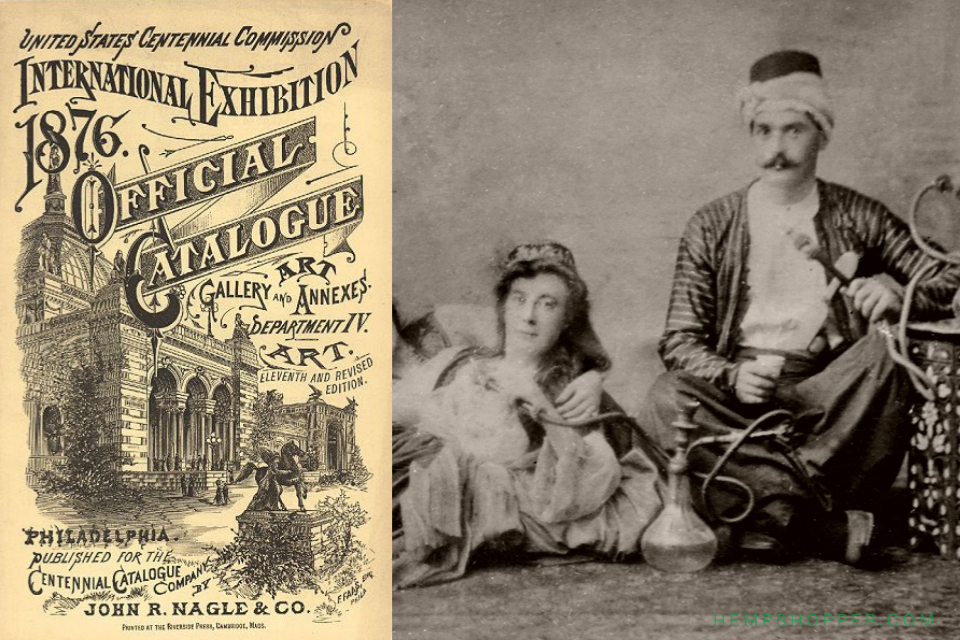>3.000 BCE: Neolithic cave dwellers use cannabis for psychoactive effects

>3.000 BCE: Neolithic cave dwellers use cannabis for psychoactive effects .
In the area of the Hindu Kush mountains, on the shores of the Kunar river, in the Pakistani province of Khyber Pakhtunkhwa, a group of archaeologists discovered in 2013 one of the oldest sites ever found in South Asia.
According to Professor Muzaffar Kambarzahi, of the National Institute of Historical & Cultural Research (NIHCR) of the Quaid-i-Azam University, in charge of the team of scientists excavating the site, the various caves composing the settlement would have been inhabited for more than 2500 years during Neolithic period.
The historian has already elaborated a theory to explain the presence of cannabis on the site:
“According to the location and context in which the cannabis was found, leads us to believe it was used for ritual purposes. It seems that the occupants of the site threw large quantities of leaves, buds and resin in the fireplace situated on the far end of the cave, filling the entire site with psychotropic smoke.”
Archaeologists have discovered what could be the most ancient proof of intentional use of a psychoactive substance by humans. While working in the settlement, estimated to be 120 000 years old, scientists discovered seeds, resin and ashes, associated with the indica subspecies of the cannabis sativa plant.
A chemical analysis executed on a small pottery jar found in the tomb of what seems to be a local chieftain or shaman from the Neolithic period (11.000-3000 BCE), revealed that the vessel contained cannabis resin, also known as hashish.
1. GARCIA , I. (2017): Pakistan: Cannabis Discovered in Prehistoric Tomb. Article in isabelarqueologa.wordpress. Photo: This tomb, of a chieftain or shaman from the Neolithic period, revealed a vessel containing cannabis resin. National Institute of Historical & Cultural Research (NIHCR) of the Quaid-i-Azam University. Research and text © Hempshopper Amsterdam.


 Hempshopper Amsterdam
Hempshopper Amsterdam 




